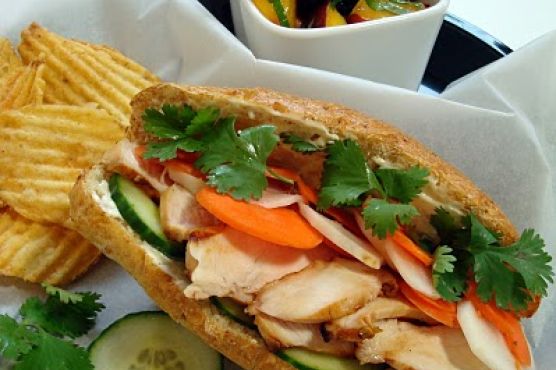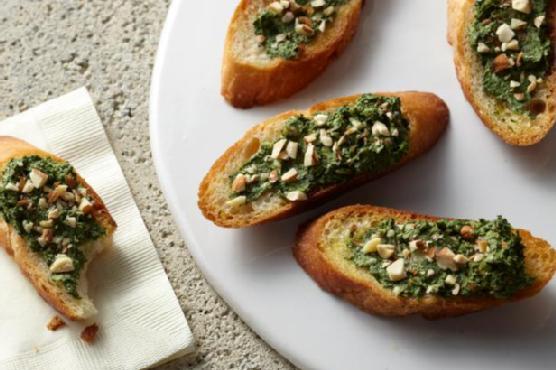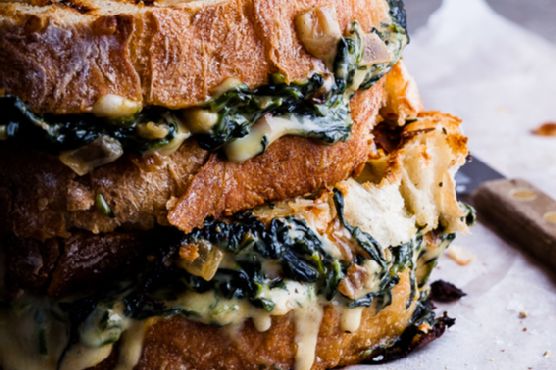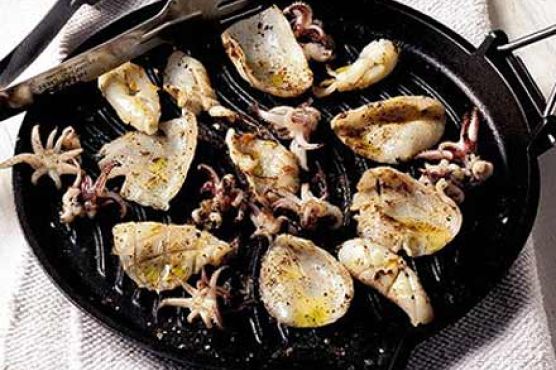Herb Roasted Chicken
Herb Roasted Chicken is a gluten free and fodmap friendly main course. This recipe serves 6. One portion of this dish contains around 21g of protein, 32g of fat, and a total of 425 calories. For $1.22 per serving, this recipe covers 12% of your daily requirements of vitamins and minerals. This recipe from Foodista requires dried rosemary, pepper, dried thyme, and kosher salt. This recipe is liked by 32 foodies and cooks. From preparation to the plate, this recipe takes approximately 4 hours. Taking all factors into account, this recipe earns a spoonacular score of 37%, which is not so excellent. If you like this recipe, take a look at these similar recipes: Herb-Roasted Chicken, Herb Roasted Whole Chicken, and Herb Roasted Chicken.
Servings: 6
Ingredients:
2 bay leaves
1/3 cup brown sugar
1 stick butter
1/2 teaspoon dried basil
1 tablespoon dried rosemary
1 tablespoon dried thyme
1 tablespoon fennel seeds crushed
6 cups ice water
Kosher Salt, to taste
1 tablespoon coarse black pepper
4 cups water
1 3 lb whole chicken
Equipment:
sauce pan
bowl
oven
roasting pan
paper towels
kitchen thermometer
Cooking instruction summary:
- For the brine, combine the water, salt, sugar, half of the dried herbs and bay leaves into a large saucepan. Bring the mixture to a boil, stirring to dissolve the salt and sugar. Reduce to heat to low and simmer for 10 min so the flavors of the herbs can be drawn out. Pour the brine into a deep set large bowl and cool it down with your ice water. Set aside.
- Clean the chicken by rinsing out the cavity and outer skin and place on a clean surface. Be sure not to contaminate any vegetables or other ingredients, because no one is a fan of salmonella! Place the chicken in the brine, make sure it is completely immersed in the brine. Cover and allow to marinate for at least an hour and up to 6 hours.
- Preheat the oven to 375F.
- Remove the chicken from the brine and place on a clean surface. Pat the chicken dry with a paper towel as shown. Separate the skin from the flesh, you can do this by carefully inserting your fingers underneath the skin and gently pull up to create a space or pocket. Take the butter and rub it underneath the skin and flesh this will make your chicken moist and tender while accentuating the flavor of the herbs in the meat. Coat the skin with te remaining herbs and place in a roasting pan, if more herbs are needed just add more.
- Bake the chicken for about 1 hour and 10 minutes, basting the chicken half way through and again during the last 10 minutes. To test the doneness of your chicken, insert a meat thermometer into the thickest part of the breast, it should read 165F. If you do not own a thermometer, cut into the chicken and if it releases pink juices it is undercooked. Your chicken is done when the juices are a clear yellow.
- Transfer the chicken to a carving board and allow it to rest for 10-20 minutes. This allows the juices to settle into the meat so it does not end up running out all over the board. To serve, begin carving the legs it is easiest to cut at the joints. Remove the wings and then the legs and thighs the same way. To carve each breast, start at the breabone and cut downward and parallel to the rib cage. Then make a deep horizontal cut right above the thigh and wing joints. You can choose to serve the breasts whole or cut them into thin slices.
Step by step:
1. For the brine, combine the water, salt, sugar, half of the dried herbs and bay leaves into a large saucepan. Bring the mixture to a boil, stirring to dissolve the salt and sugar. Reduce to heat to low and simmer for 10 min so the flavors of the herbs can be drawn out.
2. Pour the brine into a deep set large bowl and cool it down with your ice water. Set aside.Clean the chicken by rinsing out the cavity and outer skin and place on a clean surface. Be sure not to contaminate any vegetables or other ingredients, because no one is a fan of salmonella!
3. Place the chicken in the brine, make sure it is completely immersed in the brine. Cover and allow to marinate for at least an hour and up to 6 hours.Preheat the oven to 375F.
4. Remove the chicken from the brine and place on a clean surface. Pat the chicken dry with a paper towel as shown. Separate the skin from the flesh, you can do this by carefully inserting your fingers underneath the skin and gently pull up to create a space or pocket. Take the butter and rub it underneath the skin and flesh this will make your chicken moist and tender while accentuating the flavor of the herbs in the meat. Coat the skin with te remaining herbs and place in a roasting pan, if more herbs are needed just add more.
5. Bake the chicken for about 1 hour and 10 minutes, basting the chicken half way through and again during the last 10 minutes. To test the doneness of your chicken, insert a meat thermometer into the thickest part of the breast, it should read 165F. If you do not own a thermometer, cut into the chicken and if it releases pink juices it is undercooked. Your chicken is done when the juices are a clear yellow.
6. Transfer the chicken to a carving board and allow it to rest for 10-20 minutes. This allows the juices to settle into the meat so it does not end up running out all over the board. To serve, begin carving the legs it is easiest to cut at the joints.
7. Remove the wings and then the legs and thighs the same way. To carve each breast, start at the breabone and cut downward and parallel to the rib cage. Then make a deep horizontal cut right above the thigh and wing joints. You can choose to serve the breasts whole or cut them into thin slices.
Nutrition Information:
covered percent of daily need
Related Videos:
5-Star Lemon And Herb Roasted Chicken with Tyler Florence | Food Network















